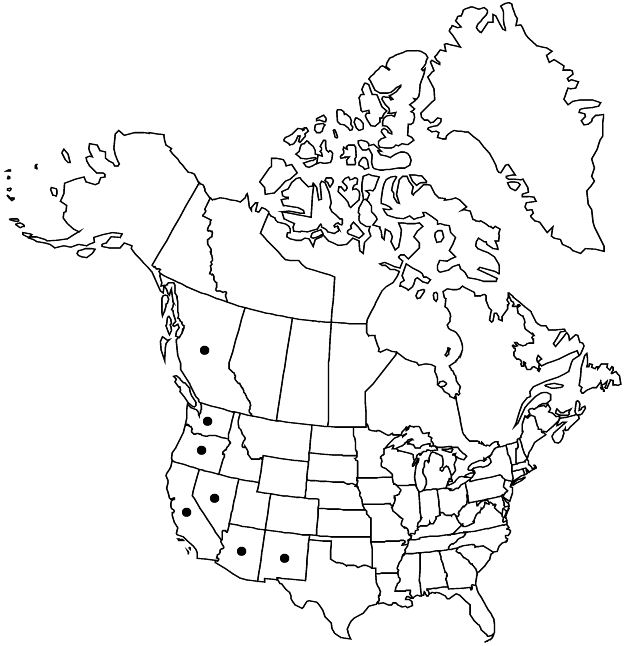Difference between revisions of "Comandra umbellata subsp. californica"
Mem. Torrey Bot. Club 22(1): 65. 1965.
FNA>Volume Importer |
imported>Volume Importer |
||
| (One intermediate revision by the same user not shown) | |||
| Line 60: | Line 60: | ||
|publication year=1965 | |publication year=1965 | ||
|special status=Endemic | |special status=Endemic | ||
| − | |source xml=https:// | + | |source xml=https://bitbucket.org/aafc-mbb/fna-data-curation/src/2e0870ddd59836b60bcf96646a41e87ea5a5943a/coarse_grained_fna_xml/V12/V12_457.xml |
|genus=Comandra | |genus=Comandra | ||
|species=Comandra umbellata | |species=Comandra umbellata | ||
Latest revision as of 19:15, 5 November 2020
Subshrubs, 15–40 cm. Rhizomes: cortex blue, drying blackish. Aerial stems often much branched; proximal portions overwintering. Leaves: blade light green to bluish or grayish green, slightly paler abaxially, glaucous, broadly elliptic, ovate, lanceolate, or linear, 1.7–5.3 cm, thin, becoming ± succulent, base acute to attenuate, margins rarely revolute, apex acute, often apiculate; midrib and lateral veins apparent and somewhat protruding on abaxial surface. Pedicels 0–2.5 mm. Flowers funnel-shaped to rotate; petals lanceolate, lanceolate-oblong, or ovate, 2–3.5 mm; anthers 0.6 mm. Pseudodrupes brown, not glaucous, subglobose, 5–7.5 mm, smooth.
Phenology: Flowering Mar–Jul.
Habitat: Dry places, mountains, foothills, open conifer forests, oak woodlands, chaparral margins.
Elevation: 300–3000 m.
Distribution

B.C., Ariz., Calif., Nev., N.Mex., Oreg., Wash.
Discussion
Subspecies californica is frequent in the Sierra Nevada of California and east of the Cascade range in Oregon and Washington; it is found also on Vancouver Island in British Columbia. In Arizona, this subspecies is restricted to high elevations such as the Santa Catalina Mountains. Intergradation with subsp. pallida occurs over wide areas of Arizona, Nevada, New Mexico, Oregon, and Washington.
Selected References
None.